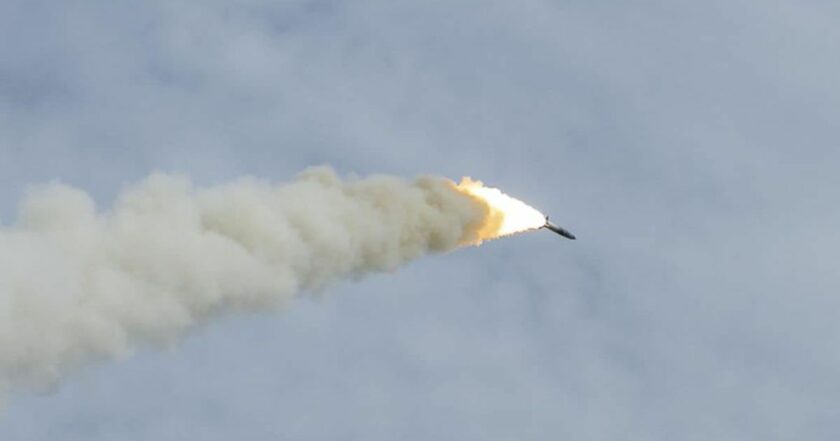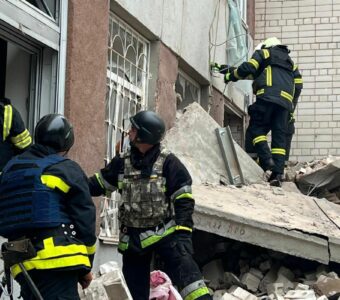Harmful emissions into the air after missile attacks can lead to diseases and even death

Environmental monitoring expert Maksym Soroka explained how missile attacks damage the environment and human health
The damage from a missile strike is not only the infrastructure destruction and human victims, who remain buried under rubble or severely injured. Toxic emissions in the air affect everyone who is near the place of impact and the resulting fire. Such damage can have a long-term effect and even lead to chemical poisoning. Environmental monitoring expert Maksym Soroka explained this in Rubryka's interview.
According to him, missile attacks and the resulting fires lead to the following environmental consequences:
- Fine dust emissions. High concentrations of such dust cause diseases or lead to deaths. We should add that air pollution with fine suspended particles harms human health even at very low concentrations.
"A large number of rubbles, requiring a lot of energy resources to dismantle, humanitarian damage and emissions of chemicals into the air — I personally consider it to be insignificant compared to the damage resulting from fire," says the environmental monitoring expert Maksym Soroka.
- A large number of organic substances and black carbon, as well as nitrogen dioxide, get into the air during and after fires caused by shelling.
According to the expert, when warehouses were burning near Kyiv, emissions into the air were similar to emissions from oil depots burning. The risk arises both during the fire itself, as a large amount of combustion products are released into the air, and after it. Maksym Soroka said that while observing the air quality monitoring stations, the specialists noticed that after the fire was extinguished and the incinerator dried out, it turned into a secondary source of ash emissions, including toxic ones. Any wind will lift it up again and blow it into the air.
- "Insulated" buildings pose a special danger because dangerous polystyrene foam was used to insulate them. During its burning, a large number of polycyclic compounds and cyanide chloride, i.e., hydrocyanic acid, are released.
"Hydrocyanic acid can be compared with potassium cyanide in terms of toxic properties. People suffocate from the inside. This is a hellish death that all russians deserve," comments Maksym Soroka.





















































